Ten More Horror Movies For Kids
Published on July 10th, 2013 in: Horror, Listicles, Movies, Top Ten Lists |By Paul Casey
Read the introduction and the list of the first ten movies.
11. The Nightmare Before Christmas (1993), directed by Henry Selick
“I’m a master of fright, and a demon of light, and I’ll scare you right out of your pants. To a guy in Kentucky, I’m Mister Unlucky, and I’m known though out England and France. And since I am dead, I can take off my head.”
This is the first of two films by Selick to be mentioned here. This classic stop-motion animation is, of course, strongly associated with Tim Burton. It has some surprising bite to it and a spooky atmosphere. It is a perfect Halloween movie and a Christmas movie. This is perfect for kids, especially very young kids. It is seriously enamored with Horror movies. It has the same love of the genre that Ed Wood does, except it also doubles as Horror. It’s funny, the songs are great, and it’s gorgeous to look at. This was the first movie that Selick made with Burton, the second being James and the Giant Peach.
Honorable Mention: The Corpse Bride (2005), directed by Tim Burton and Mike Johnson
Although Burton started in animation, working for Disney early in his career, this was the first animated movie he directed. Although not in the same league as the above or the below, it is a charming movie and has its share of scary scenes. Johnny Depp stars.
12. Coraline (2009), directed by Henry Selick
“You know, you could stay forever, if you want to. There’s one tiny thing we have to do first . . . “
Oh boy. This is something special. Everything you want from a Horror movie, or a Fantasy movie, or just a movie. Seeing as this was based on the story by Neil Gaiman, the chances of this being very good were already stacked in its favor. Gaiman has that touch, like Stephen King, to be able to tell a properly terrifying story from the perspective of a child without making it safe. Seeing as there are many movies on this list about a child having the misfortune to have bad parents, this is a suitable alternative.
Coraline has loving but distracted parents. Exploring her new house, she finds a doorway to an alternate house, with alternate parents. Who have buttons for eyes. Coraline gets sinister quickly. Even when jaunty musical numbers are pulled out, things are still fucked up. When Coraline learns that she really does love her parents, she has unfortunately committed to some pretty strange things.
Compare this with The Hole. Both use the home as a place of mystery and bad secrets. Both have distracted parents, and a family in transition. When things start to be resolved in Coraline though, a happy ending does not seem certain, and the danger still seems out there. Not as a fun thing, but something that hurts to address. It’s one of the most visually interesting pictures you will see.
13. Pan’s Labyrinth (2006), directed by Guillermo del Toro
“The moon will be full in three days. Your spirit shall forever remain among the humans. You shall age like them, you shall die like them, and all memory of you shall fade in time. And we’ll vanish along with it. You will never see us again.”
There are so many reasons to love this movie, but for a start, the creature design is out of this world amazing. Beautiful and fucked up. It’s the kind of creature design that found its way rather quickly into video games, slotting in comfortably beside John Carpenter’s The Thing and George Romero’s zombie series as definitive visions of evil. Ivana Baquero as Ofelia (and possibly someone else) is a hero who you will gladly support in her scary/magical pursuits. Like Coraline, she kind of stumbles into things but has the resolve required by such altered reality.
Guillermo del Toro created a classic dark fairy tale that has the same historical substance as the already mentioned The Devil’s Backbone but with even more imagination. Speaking with
“I believe in parables more than I believe in political speech. And I think that parables have the chance to move you spiritually or emotionally and affect you emotionally. And political speech, if you don’t agree with it, it just makes a little static on your brain. It’s argumentative. It’s not emotional. I think The Devil’s Backbone was trying to say that anything pending, including the civil war, which has never completely healed in Spain, is a ghost, anything pending is a ghost. And what better way to say that than with what the movie says, ‘What is a ghost?’ Is it something that seems alive, or a tragedy doomed to repeat itself over and over again, like the war, and so forth. And Pan’s Labyrinth, when I go through the years of collecting fairy tales in their original form and original publication, I realized one of the themes that repeated itself over and over and over again was the theme of choice. Choice as a way of defining your destiny. And I thought this is a way to illuminate it. The difference is parable over more of a pamphlet political. Parable does not need to affect a particular outcome of an election or a vote or things like that. Parable discusses general issues.”
14. Battle Royale (2000), directed by Kinji Fukasaku
The concept is simple: a load of teenagers are sent to an island where they are forced to kill each other. This is a violent movie. Like The Devil’s Backbone, Battle Royale shows the way in which young people can be forced into situations that are of no interest to them but will end up defining their future. If they have one. There are some nice observations with the way the teenagers interact in high school fashion, the only difference being that they are involved in a deadly game of death. Terrible death.
I chose this film because it is a good place to start breaking down the assumption that a gory movie has to be an upsetting time. Battle Royale is FUN, particularly in the way it is a game for both the characters and the people watching it. It’s also pretty funny. The teenagers must outwit their real enemies: those in power. Dystopian Horror does not come in a more pleasing form.
15. The Elephant Man (1980), directed by David Lynch
“I am not an animal! I am a human being! I am a man!”
Most of David Lynch’s movies are frightening in a way that is not always obvious. The Elephant Man is based on a true story and all that, and comes with the tag of respectable drama starring John Hurt and Anthony Hopkins. Some serious acting going on here. The Elephant Man is partly in the style of the classic monster movies. The 1931 Frankenstein and the original King Kong are two that feel close to this movie.
Except in Joseph Merrick’s case, he is entirely harmless, without even the capacity to inflict harm on others. Still, he is treated like a beast who is only worthy of disgusted curiosity. This is the only film on the list that does not have a young person as a central character. The journey of Merrick and the despicably cruel world in which he lives is an important one for young people to see. Perhaps you will identify with him, or with the crowd who stops to get a gawk. Either way it will change you.
Honorable Mention: Edward Scissorhands (1990), directed by Tim Burton
Another tale of the outsider who is forced into a life of isolation because of the demands of the norms, this is very close with Ed Wood for my favorite Burton film. The first collaboration with Depp; the last film of Vincent Price. Winona Ryder is perfect.
16. The Exorcist (1973), directed by William Friedkin
“What an excellent day for an exorcism.”
It is very hard to vote against The Exorcist for the title of best Horror movie in the 1970s, and probably of all time. There are no false steps. If you want to learn what a Horror movie should look like, watch this. When you deal with the supernatural and you want to really scare people, you treat it as real. You have your characters treat it as real. Every character in Friedkin’s movie is credible. They don’t make any unreasonable leaps or weird assumptions.
Much of the movie is occupied with a worried mother trying to help her sick daughter. Considerable time is spent ruling out every alternative, until the only reasonable answer is to call in a priest. Thank the wonderful screenplay by William Peter Blatty who also wrote the novel, as well as the talent of Friedkin and his crew. As the mother, Ellen Burstyn plays it flawlessly and with complete reality. Linda Blair is erratic and dangerous, but still sympathetic. Jason Miller, as the younger, more cynical priest, is the best performance, though, and the most important. His character is the one who really makes you feel that the story is credible.
I include The Exorcist because it is important that the more severe elements of the genre are put into a context. This movie shows the purpose and place for extreme set pieces. Even when you cross over into another reality, you still have to relate it to this one. A young Horror fan should get ready to be scared. Properly scared, not just kind of anxious or giddy from too much intestine munching. Since this film is really just a Good vs. Evil tale and resolves on an upbeat note, it is easier for a kid to identify this as fiction. Without making that leap, a true appreciation of Horror is not possible. Once you are aware of what is happening when a movie like this is able to scare you, you are able to put it in its place and enjoy it. De-sensitization is an essential step.
17. Labyrinth (1986), directed by Jim Henson
“Just fear me, love me, do as I say and I will be your slave.”
Yes, far more in the Fantasy camp than Horror, but the premise of the movie and its surreal quality makes this an unsettling picture. The helping hands scene and the masquerade ball are particularly worthy of nudging the movie into Fantasy-Horror. The desperation seen in the Escher inspired conclusion is also pretty heavy, given the stakes. Jennifer Connelly plays a girl who is contemptuous of her parents creating a baby brother. Her brother’s demands on her time are unreasonable. She is not able to fully indulge her varied fantasies. The script was written in part by Monty Python sort Terry Jones, which is obvious given the movie’s grumpy intestinal humor. Without David Bowie as Jareth the movie would certainly lack much of its ability to disturb. He is tremendously creepy. Besides Connolly and Bowie, the movie is taken up with some of Jim Henson’s best creations.
18. The Witches (1990), directed by Nicolas Roeg
“You can never be sure it’s a witch you’re looking at, or a kind lady.”
Nicolas Roeg directed the classic Horror Don’t Look Now, which somewhat explains why The Witches is so fucked up. Based on the book by Roald Dahl, this is about as far from a stock children’s film as it is possible to get. It was also the first film I saw which properly scared me. Watching it again, I am glad to see that was not a youthful failing. The way the film is shot is disorientating. Not just low and high angles to express the view of the boys transformed into mice, but distorted and warped in some fashion. This is a scary movie, with some grotesque transformation effects and designs for the witches of the title.
Anjelica Huston plays her role as the head witch with a perverse spirit. Watch her body vibrate when poor tubby Bruno is set upon by a convention of English witches. When Huston gleefully sends a baby off the side of a cliff it is clear that the film isn’t playing. Her real form is awful, but the way she plays it is so full of weird sensuality that she keeps you off balance. This is an easy line from this movie to her part in The Addams Family.
As discussed in the first part of this list, the casting of children is so important to the success of these movies. Both Jasen Fisher as Luke, and Charlie Potter as the already mentioned food hound Bruno, are just right. Their embracing of the adventure to be had is what prevents the movie from veering too far into the grim and nasty world imagined by Dahl and from the always-stellar Jim Henson people. Rowan Atkinson is a delight as a fussy, though not very proficient, hotel manager.
Dahl was upset at some of the changes from the book that made the story a little easier to digest. Like Coraline, there are so many messed up things that happen that a more upbeat ending doesn’t really matter.
19. The Shining (1980), directed by Stanley Kubrick
“I never laid a hand on him, goddamn it. I didn’t. I wouldn’t touch one hair on his little goddamn little head. I love the little son of a bitch. I’d do anything for him. Any fucking thing for him. But that bitch. As long as I live, she’ll never let me forget what happened.”
The biggest gripe held by Stephen King about this movie was how Kubrick and Nicholson saw the character of Jack Torrance. While King saw the violent abuse of Danny Torrance as an unfortunate but unavoidable consequence of first, alcoholism and second, the supernatural entities inhabiting the Overlook Hotel, Kubrick took a dim view of such excuses.
Take the scene in the bar between Jack and the ghostly bartender. The dialogue is lifted directly from the novel, but the way the scene plays out on film with Nicholson makes it clear that there were no accidents. With a drunken, violent man and a young child, injuries should be expected. There are many reasons why Kubrick’s vision of The Shining far surpasses its source, but this shift in perspective is most significant.
The tiresome comparison that King makes again and again in the novel between being possessed by evil forces and having a drinking problem is turned on its head, and sounds as it should, like the dry wheeze from a shameful man. You beat your child, you’re a shithead. You beat your wife, you’re a shithead. You had to get drunk to do it? You’re a coward and a shithead.
Kubrick and Nicholson knew that Jack Torrance was an evil fuck before he ever stepped into his role as caretaker. There are several movies on this list that address abusive parenting. The Shining has some good insights into how a child lives in that environment. The best scene is where Danny asks his mother’s permission to go into their bedroom to retrieve a toy. Wendy reminds Danny that his father is sleeping. There is deference shown to the sleeping drunk and the fear at what he might do when he awakes. There is great menace in how Jack grabs a hold of his son and the look in his eyes when he offers empty assurances.
After preparing his audience with the parallel between demonic possession and alcoholism, King eventually relieves Jack Torrance of any remaining moral responsibility in a pitiful gasp of fatherhood. This reduces an otherwise classic Horror story to a hokey tale of late redemption. There are other problems with the novel that the film does not have, particularly an interminable ending. King keeps rubbing the backs of his characters and the reader until all memories of their trauma have disappeared, knowing that Daddy was really a good man
If you doubt that King, and whatever unfortunate section of his fans are completely arseways about every conceivable dispute as it regards Kubrick’s film, please do watch the atrocious 1997 miniseries that was carefully overseen by the author.
The 144-minute cut of Kubrick’s The Shining—still available as the standard version in the United States—is doubtless the superior version. Please try and get a hold of that one, as it returns many of the scenes that deal with the relationship between Danny Torrance and his father. This version also makes Wendy’s eventual bravery far more significant.
20. Carrie (1976), directed by Brian DePalma
“Breasts, Mama. They’re called breasts and every woman has them.”
Carrie was Stephen King’s first novel, and a big hit for Brian DePalma. Along with The Exorcist, it is perhaps the finest example of 1970s American Horror. It is a classic. For all of the problems that can be attached to King as a writer, his talent for using Horror to communicate some of the most painful aspects of life is undeniable. In his best stories there is no disconnect between the genre elements and the character elements. Every horrifying event flows naturally from the character. Since two of his stories are included on this list, it is clear he has a feeling for the experience of growing up. He knows how painful and fucked up it is and how merciless the social experience can be.
Carrie is an upsetting film, but one which should be shown in every school in place of whatever ineffective, platitude-based anti-bullying campaign. This is a most accurate vision of what it is like to grow up. That anyone could ever consider casting another actor in this role after Sissy Spacek is perverse. She is a universal figure of the suffering and humiliation we all must go through. Piper Laurie is the definitive crazy mother, and without her vicious and unequivocally evil role there would be no Kathleen Turner in The Virgin Suicides (another great movie about growing up, by the way).
Carrie is the most important movie on this list. Don’t believe the movies that tell you that bullies are really scared of you, or jealous, or whatever treacherous guff they teach you in school. Those who laugh at you and mock you won’t be happy until you’re dead. Don’t be pushed around. Destroy them before they destroy you. If you are not the outsider, but the powerful, consider this a cautionary tale. If you are interested in destroying a person, be willing to go all the way. You do not know what time limit you are working under. Of all of the phony ideas pushed by children’s movies and Saturday morning cartoons, the notion that you should try to make friends with people who hate you is the most dangerous. Fear your enemies and don’t be happy until they are powerless. If you feel shame when you watch this movie, you know where you fit in.
Honorable Mention: Mean Creek (2004), directed by Jacob Aaron Estes
Revenge enacted against a schoolyard bully that turns the victims into monsters. This is not a Horror movie, but needs to be mentioned along with the above. In his review of Mean Creek, Roger Ebert said:
“This movie would be an invaluable tool for moral education in schools, for discussions of situational ethics and refusing to go along with the crowd. But the MPAA in its wisdom has recommended it not be seen by those who would find it most useful and challenging; it has the R rating. At Cannes, where the movie was selected for the Director’s Fortnight, Estes ruefully said the rating was ‘because of a scene where the f-word is used about 1,000 times.’ Let it be said that the f-word has been heard and undoubtedly used by everyone the MPAA is shielding from it, and that the dialogue in that scene and throughout Mean Creek is accurate in the way it hears these kids talking.”
My effort here has been to pull movies out that are not considered suitable by whatever censorship outlet or pressure group, and deliver them to the people who need to see them most. I believe that Horror as a genre has great rewards that are only discovered with an awareness of the rules. I want young humans to experience the fun that I did when I saw Scream for the first time, and realized that there were no longer arbitrary creative boundaries in my way. Most of all, though, because I know how helpful Horror can be to the outsiders and oddballs and loners. And hopefully to the cruel bastards who make their lives a misery.

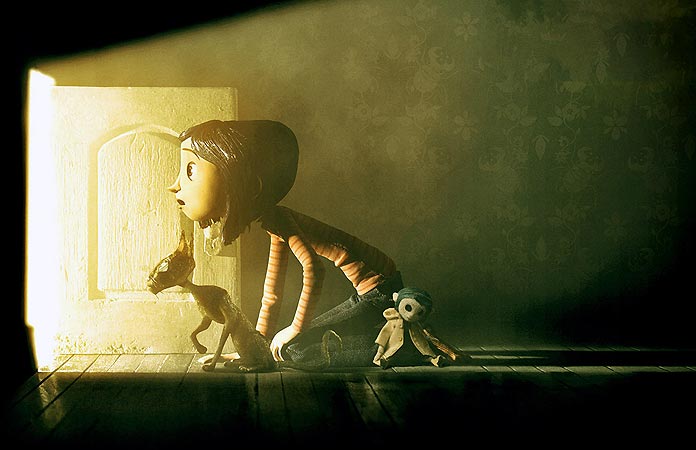
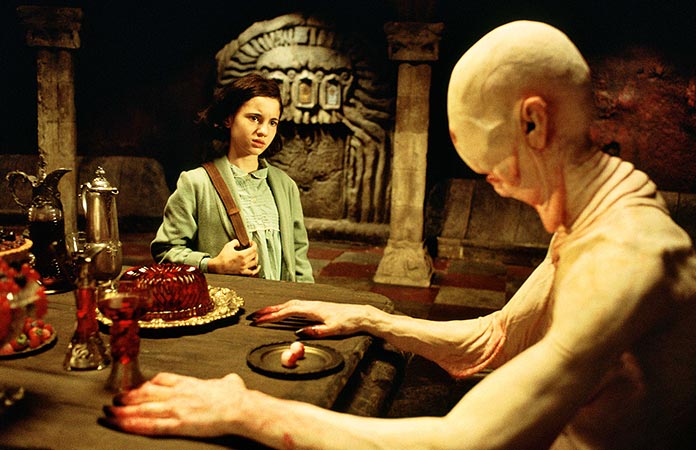
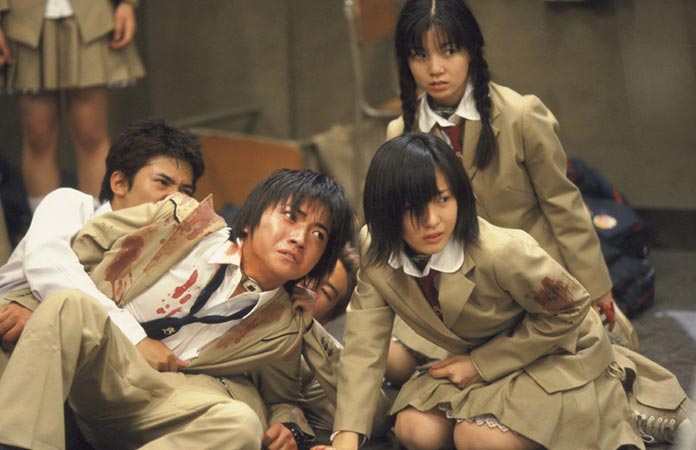
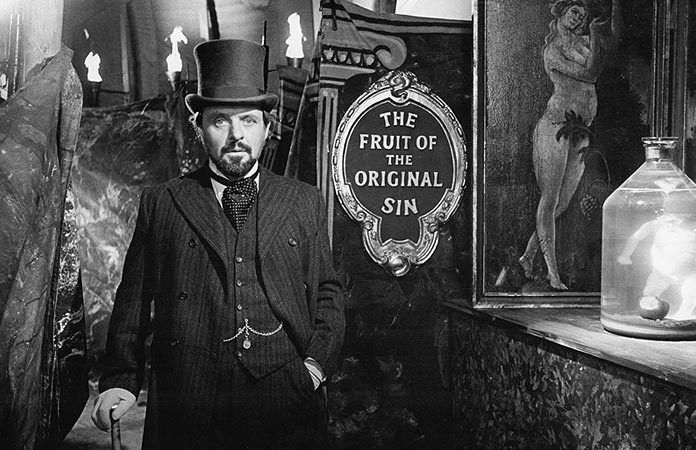
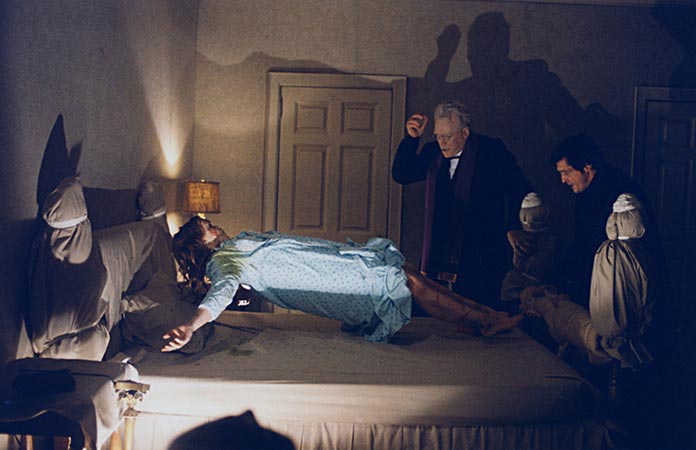
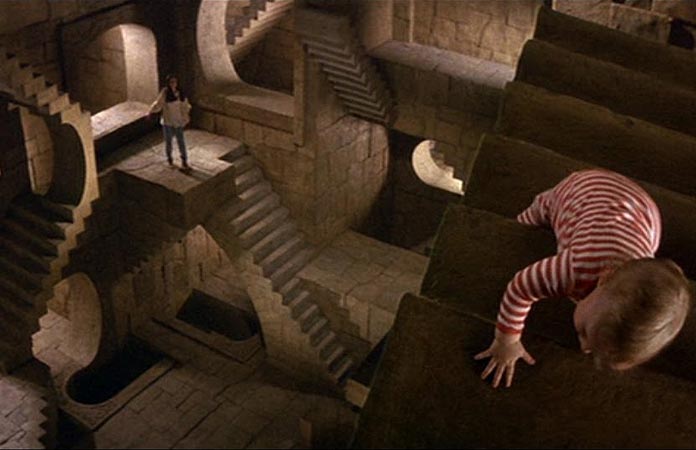
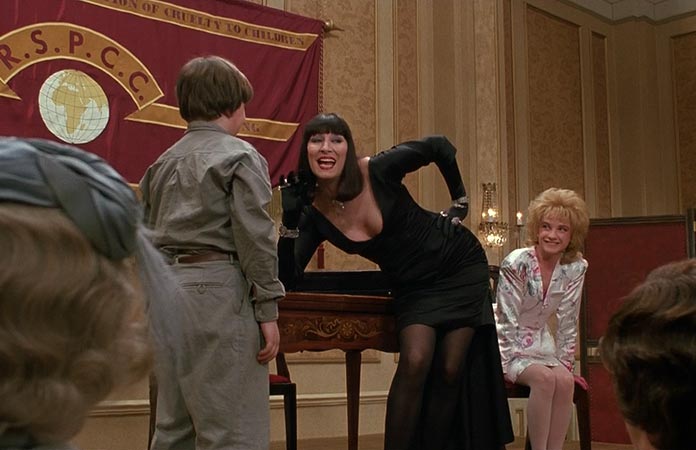
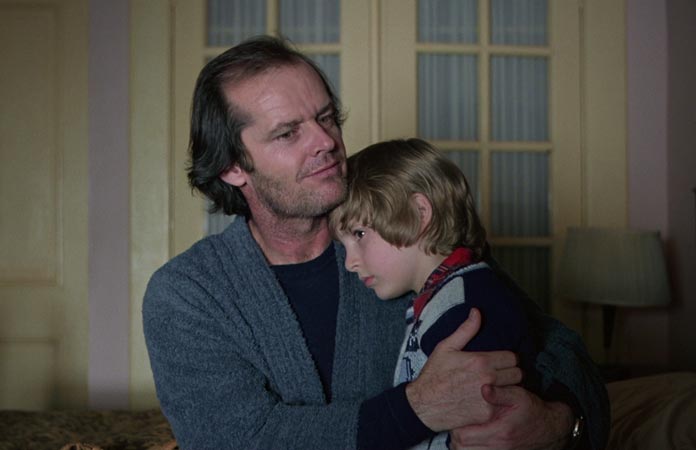
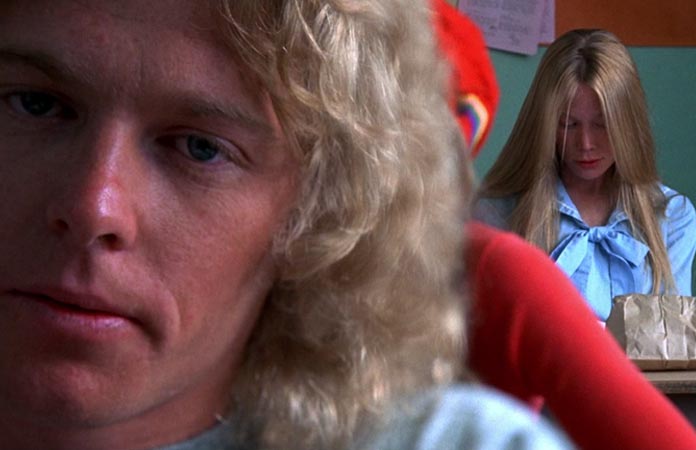
Time limit is exhausted. Please reload the CAPTCHA.